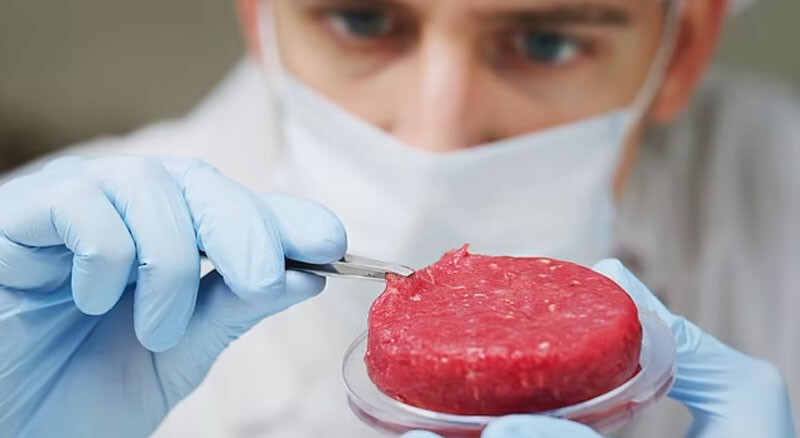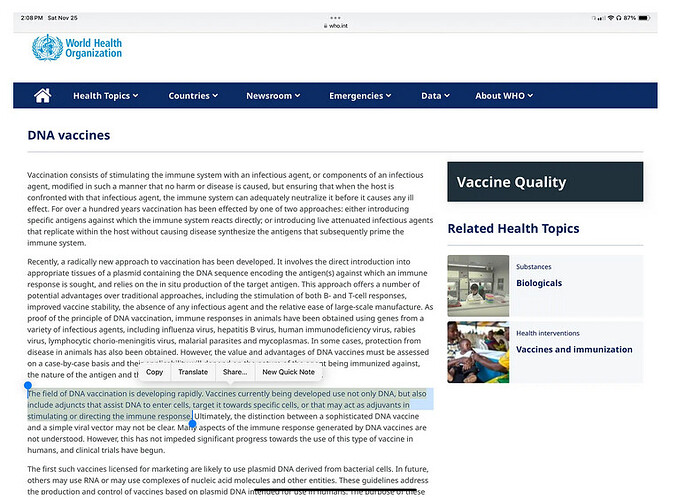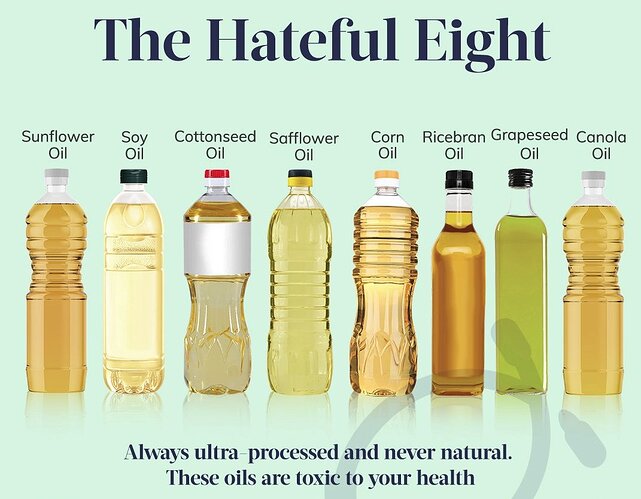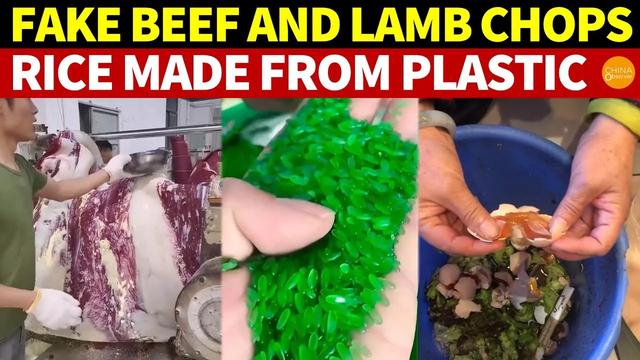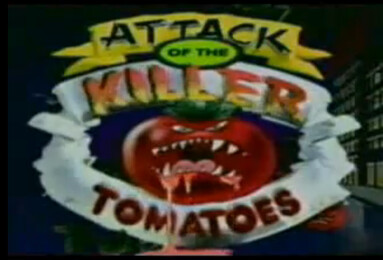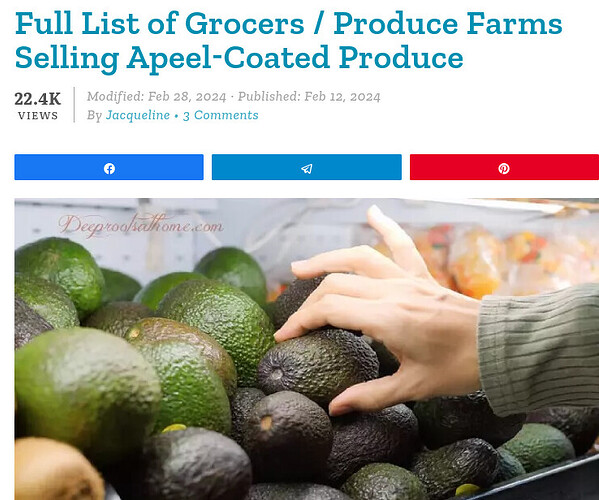1. Unnatural Extraction Process: Unlike coconut or olive oil, which can be extracted through pressing, seed oils like canola, soybean, and corn oil require unnatural methods for extraction. They undergo processes involving high heat and chemical solvents like petroleum, leading to oxidation and the formation of trans fats even before they reach your kitchen.
2. A Modern Dietary Addition: Industrial seed oils are a recent addition to our diet, exploding in consumption from virtually zero in the early 1900s to 70 lbs per year per person today. This dramatic increase corresponds with a surge in chronic health issues, suggesting a link between seed oil consumption and modern diseases.
3. Omega-6 and Inflammation: Vegetable oils are high in Omega-6 fatty acids, especially linoleic acid, which is a precursor to pro-inflammatory eicosanoids. These molecules can cause chronic inflammation and contribute to autoimmune diseases. The excessive consumption of Omega-6, without the balance of Omega-3, exacerbates these health issues.
4. Oxidative Stress and Cancer: Studies have shown that diets high in vegetable oils, particularly linoleic acid, lead to oxidative stress, mitochondrial dysfunction, and genetic damage. These factors are instrumental in promoting cancer, with some studies revealing a fourfold increase in metastasis in diets high in these oils.
5. Increased Mortality Rate: Over a seven-year study, groups consuming high amounts of vegetable oil had a 62% greater all-cause mortality rate compared to those with lower consumption. This risk increase is more significant than that associated with heavy smoking or obesity.
6. Heart Disease Risk: The Minnesota Coronary Experiment found that participants who increased their intake of corn oil and margarine had an 86% higher incidence of heart attacks. Despite lower cholesterol levels, the vegetable oil group had a significantly higher mortality rate from heart attacks.
7. Cardiovascular Deaths: The MARGARIN Study revealed that the group consuming margarine high in linoleic acid from vegetable oils had a 700% higher rate of strokes, heart attacks, and cardiovascular deaths compared to a group consuming Omega-3-rich fish oil.
This stark difference underscores the health risks of high vegetable oil consumption. Remember, the key to a healthier life is understanding what you're putting into your body. Rethink your oil choices and opt for natural, minimally processed fats.
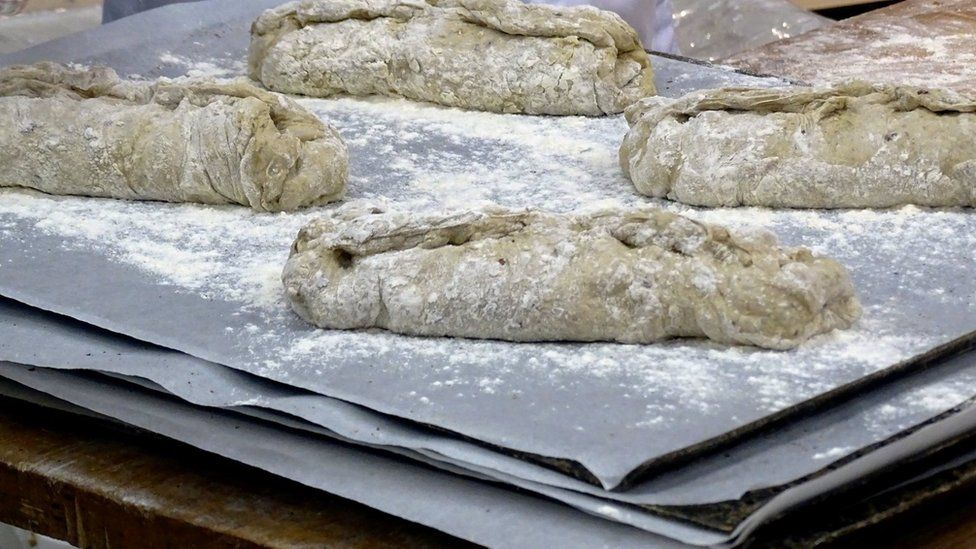 Image source, Reuters
Image source, Reuters